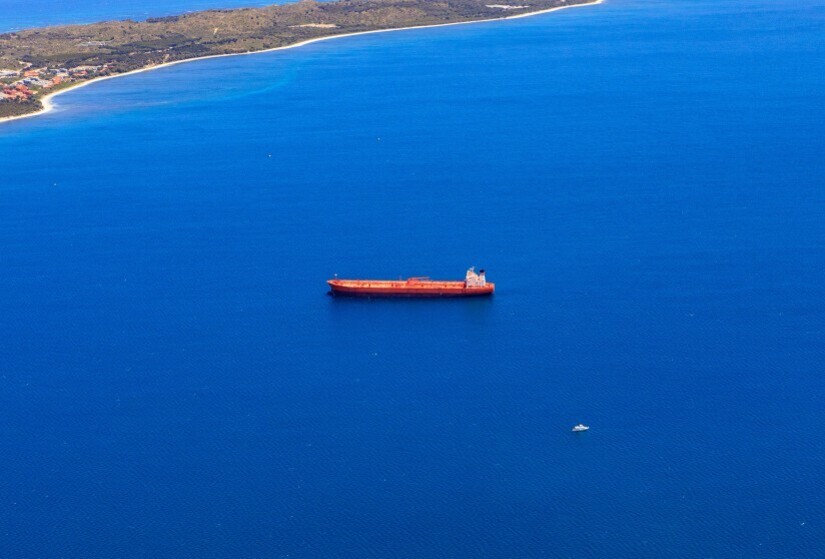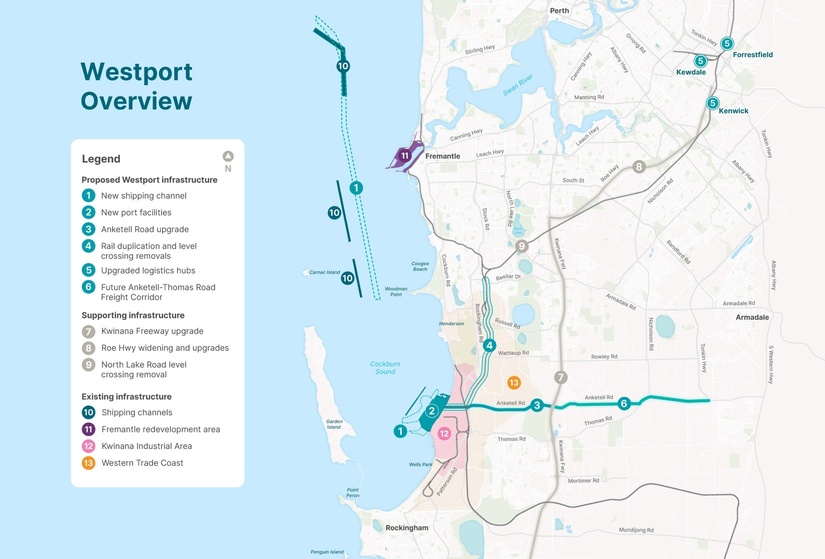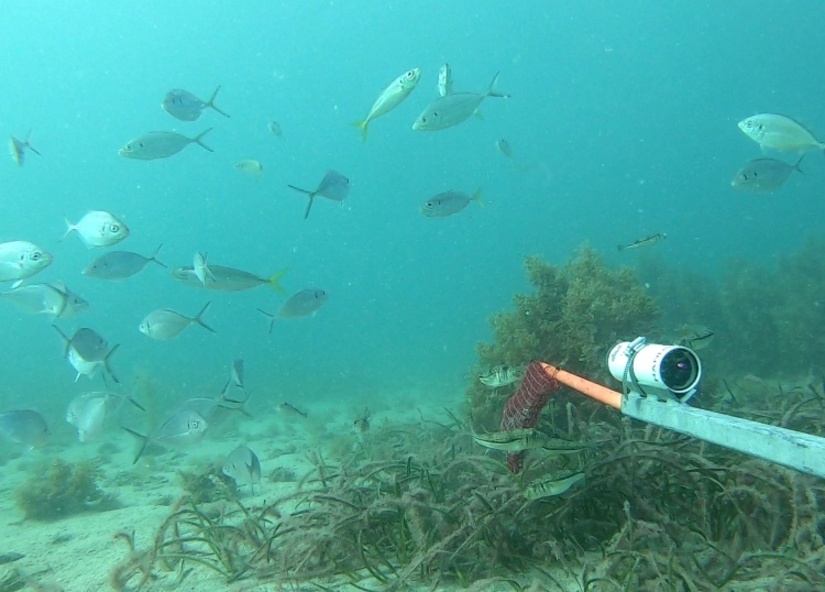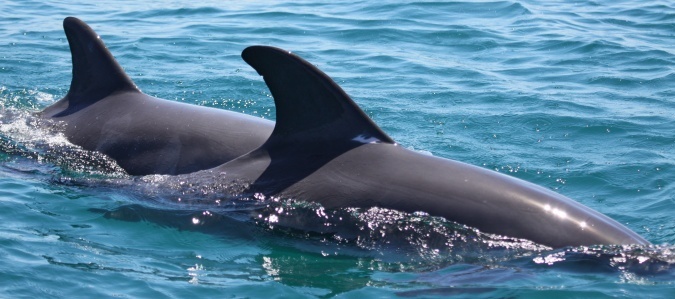To support future container trade, Westport is proposing to develop a new shipping channel, that has been designed to minimise seagrass impacts.
To develop a container port network, it was identified that a larger shipping channel was required to support the larger container vessels that will be visiting WA in the future. Westport considered the best options as part of the design process, which gave environmental and operational outcomes equal weighting.
Determining the channel footprint
Following a significant seagrass mapping exercise undertaken through the WAMSI-Westport Marine Science Program, it was found that the best approach was to develop a new fit-for-purpose shipping channel.
Widening the existing channel would have impacted more seagrass than developing a new channel.
The new shipping channel being proposed is designed to follow areas previously dredged by industry to minimise overall impacts.
As the project continues through detailed design, opportunities are being explored to reduce the size of the project footprint, including the shipping channel where possible.

Dredging management
Developing the new shipping channel will require a significant, multi-year dredging program.
Westport’s approach to dredge management is to avoid and mitigate impacts where possible in the first instance, and then undertake restoration activities.
Dredge planning has also been heavily informed by the $13.5 million WAMSI-Westport Marine Science Program, which has helped identify new benchmarks, including light and sediment thresholds for seagrass and marine species, to guide best practice dredging activities.
Before and after port development, Westport will be significantly scaling up seagrass restoration in Cockburn Sound to improve seagrass resilience and support the long-term health of the Sound.




